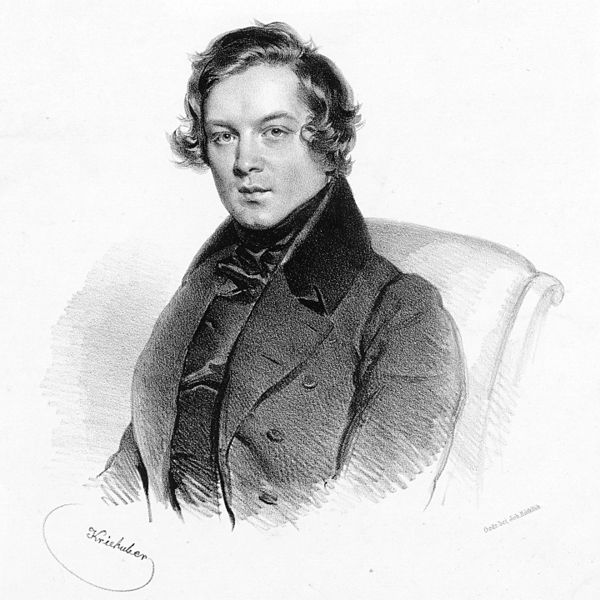Understanding the link between manic depressive illness and artistic creation is quite fascinating: it dips into the “mad genius” archetype and current studies are now more bent on seeing the advantages, rather than the disadvantages, of the condition itself.

In 1995, clinical psychologist Kay Redfield Jamison published the work “Touched With Fire,” which explores how the creative process unfolds for artists–whether they be painters, poets or composers–afflicted by that illness.
The fourth chapter of this dense text, which is now enjoying a second renaissance thanks to the film by the same name directed by Paul Dalio, details the link between imagination and temperament; it observes that, not surprisingly, manic-depressive artists were in their “high” moods during their highest period of creativity, and that “inspiration” itself dips into the irrational. Hence an “unquiet” mind is more receptive to that.
Hypomania (the milder manic state) is a “state of grace” for creativity, as it is marked by the ability to make connections between opposites and rapid, fluid, and divergent thoughts, with divergent thoughts being the hallmark of creative individuals. In fact, hypomanic traits contribute to higher scores on tests assessing creativity.
Fluency of thought also consists of word and sound fluency and the ability to produce words containing specific letters or combinations of letters. You can clearly see how this trait is important both in music and poetry. Individuals experiencing manic or hypomanic episodes also exhibit combinatory thinking. Percepts, ideas, or images are merged in an incongruous fashion, which results in an extravagant and elaborate combination.
So where does inspiration fit in? Jamison postulates that inspiration is a pre-logical thought with elements of bisociative thinking, and the creative act per se is a regression to primitive levels of cognitive capability, “a regress to the underground” that is carried out without “losing touch with the surface.” So, you can see how being able to form divergent thought fits in the picture.
Think of those mythological and literary figures such as poets visited by Muses, Druids, Soothsayers, or the Norse god Odin. A frenzied state was essential in the creation of poetry and/or music (the two disciplines were not as distinct as they are nowadays).
All these observations lead us to the “chicken or the egg” question: what comes first high creativity, or high moods?
One cannot, however, forget about the depressive component of the illness. Since what distinguishes a creative mind from a non-creative mind is the ability to draw connections between the opposites, Jamison stresses the importance of the coexistence between mania and depression. Melancholy cool the ardor of mania and helps put thoughts in order. After all, there have been many instances in which artists highlight the “Night Journey” in their creative expression. It’s that part of the process/journey during which, Jamison explains, “the artist-hero suffers overwhelming experiences, or a spiritual crisis, that convulses the deepest foundations of his being” In other words, “the suffered is learned.”
Romantic composers thrived on intense and opposite mood states as expressed by music. Here are some examples that are mentioned in Jamison’s work.
Hector Berlioz
In his Memoirs, the French composer Hector Berlioz described his depressive states as the most “terrible of all the evils of existence.”
“It is difficult to put into words what I suffered—the longing that seemed to be tearing my heart out by the roots, the dreadful sense of being alone in an empty universe, the agonies that thrilled through me as if the blood were running ice-cold in my veins, the disgust with living, the impossibility of dying. Shakespeare himself never described this torture; but he counts it, in Hamlet, among the terrible of all the evils of existence.”
Torn between agitated and apathetic depression, he found solace in mental occupations such as music.
“I find constant employment necessary, and therefore take care to be constantly employ’d. Manual occupations do not engage the mind sufficiently, as I know by experience, having tried many. But Composition, especially of verse, absorbs it wholly.”
Les Nuits d’été mirrors Berlioz’s states: it starts with a villanella but it contains more somber songs such as Sur les lagunes.
Robert Schumann
Schumann battled with the illness all his life and eventually attempted to commit suicide. He was subsequently confined to an asylum until his death.
“I was little more than a statue, neither cold nor warm; by dint of forced work life returned gradually. But I am still so timid and fearful that I cannot sleep alone…. Do you believe that I have not the courage to travel alone … for fear something might befall me? Violent rushes of blood, unspeakable fear, breathlessness, momentary unconsciousness, alternate quickly.”
His Davidsbündlertänze, a work for piano, illustrates the contrasting side of his temperament through abrupt shifts in tempo. “Joy and Sorrow are inseparable all through life,” he wrote.
Hugo Wolf
This late-Romantic composer described his mania as having blood becoming “changed into streams of fire”. He died from tertiary syphilis, but his moods were unstable even before the onset of the malady. He detailed the contrast between his subjective, arid reality and a serene outside world out of his reach.
“These eternal blue skies, lasting for weeks, this continuous sprouting and budding in nature, these coaxing breezes impregnated with spring sunlight and fragrance of flowers … make me frantic. Everywhere this bewildering urge for life, fruitfulness, creation—and only I, although like the humblest grass of the fields one of God’s creatures, may not take part in this festival of resurrection, at any rate not except as a spectator with grief and envy.”
